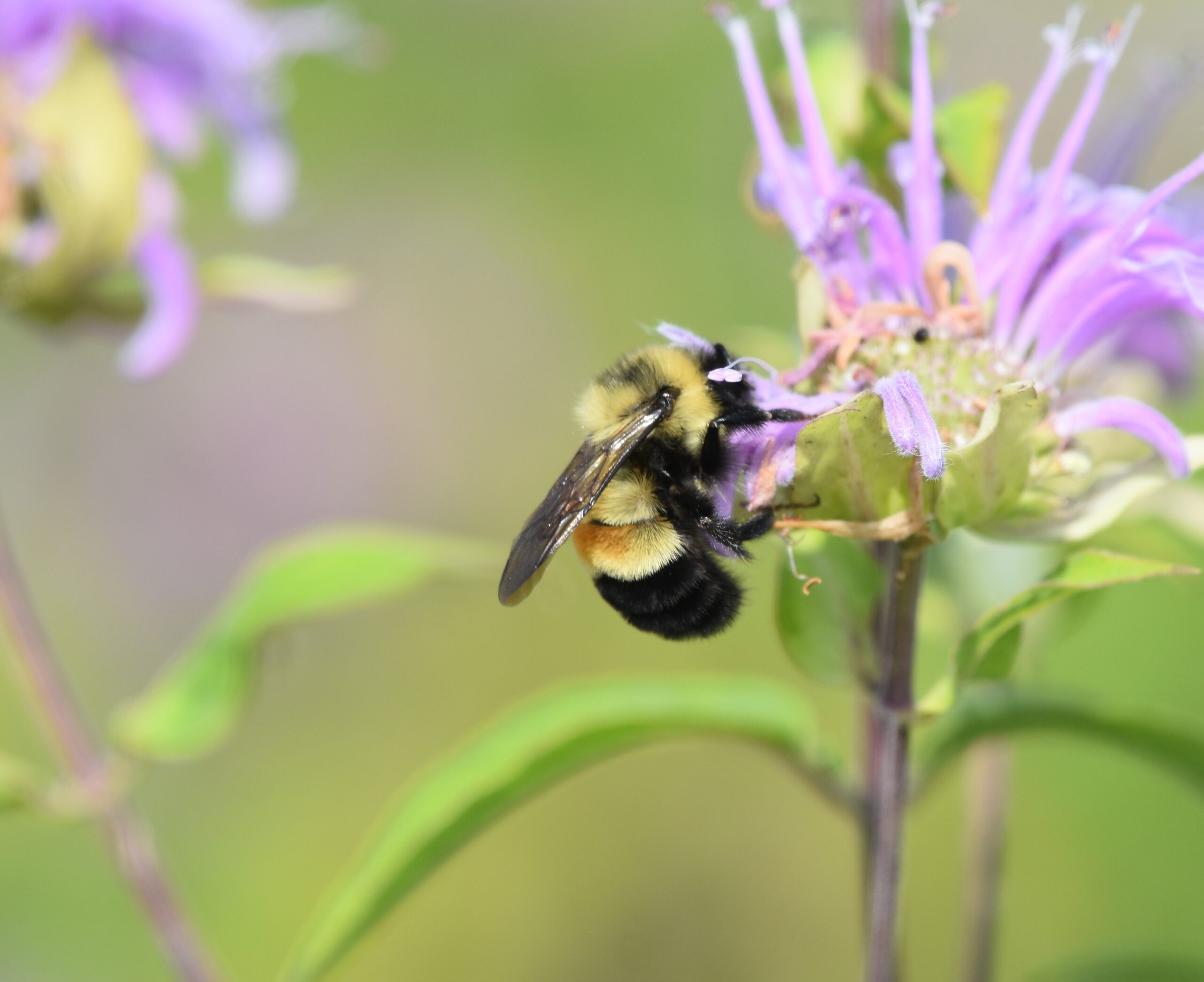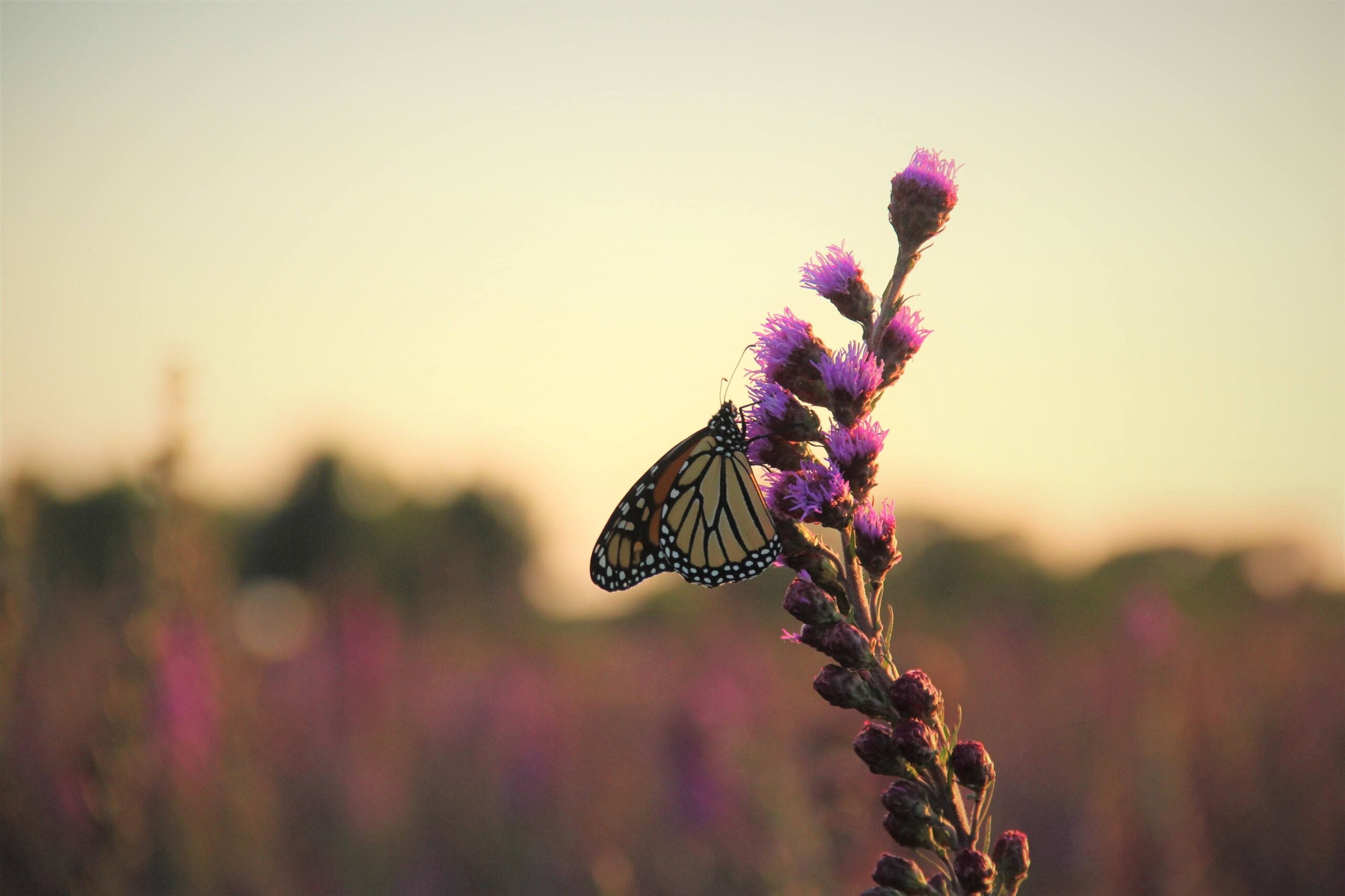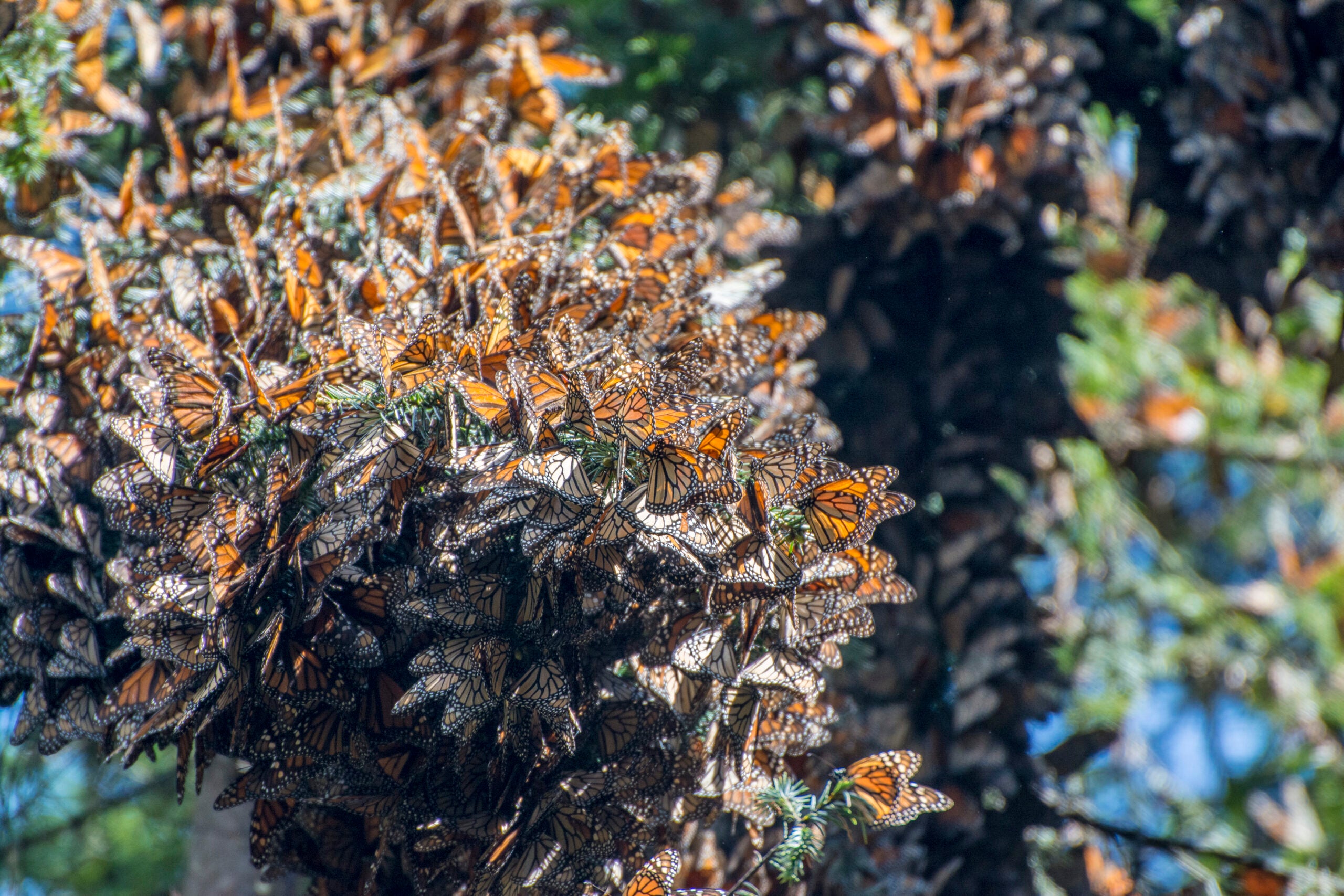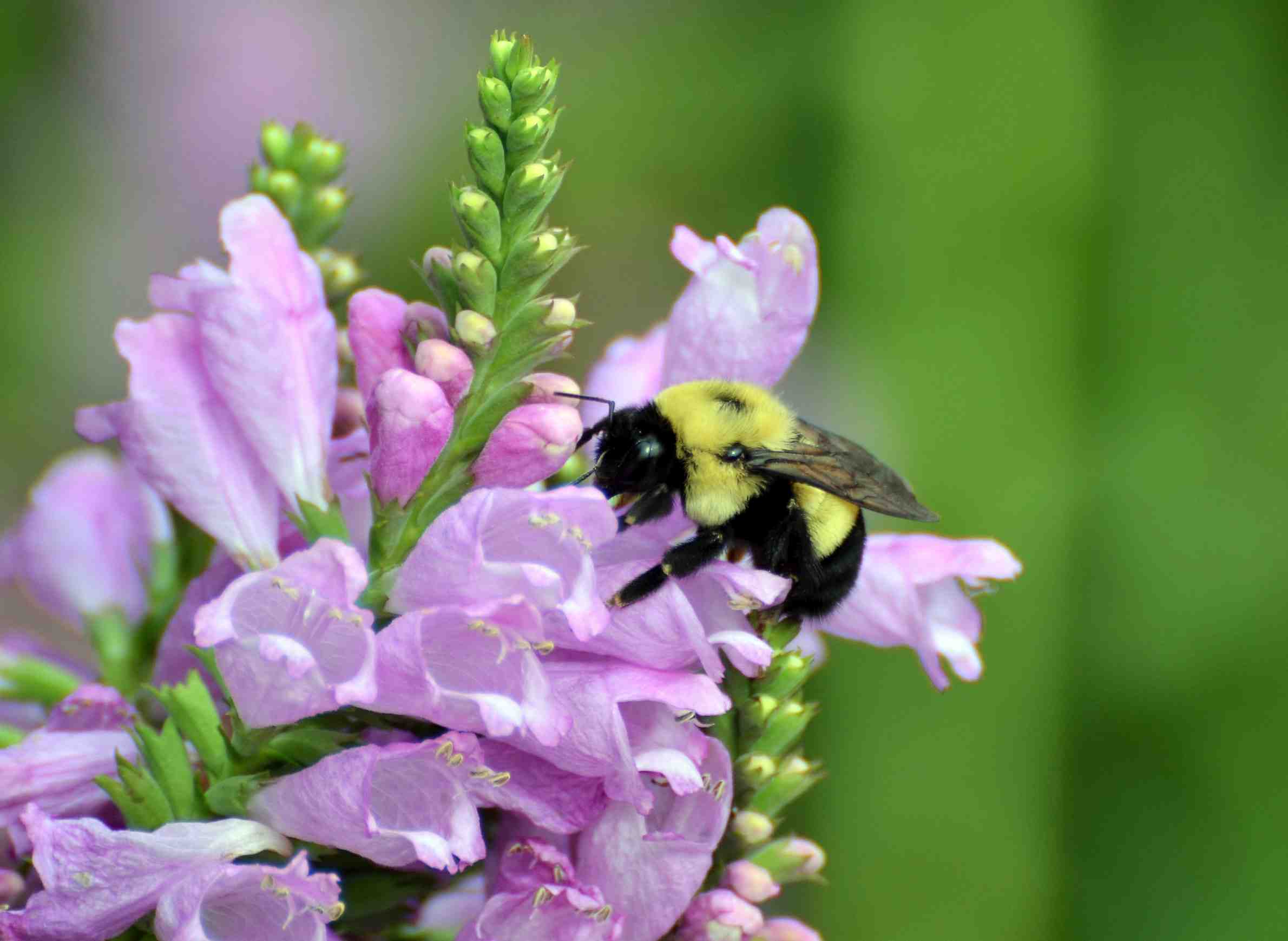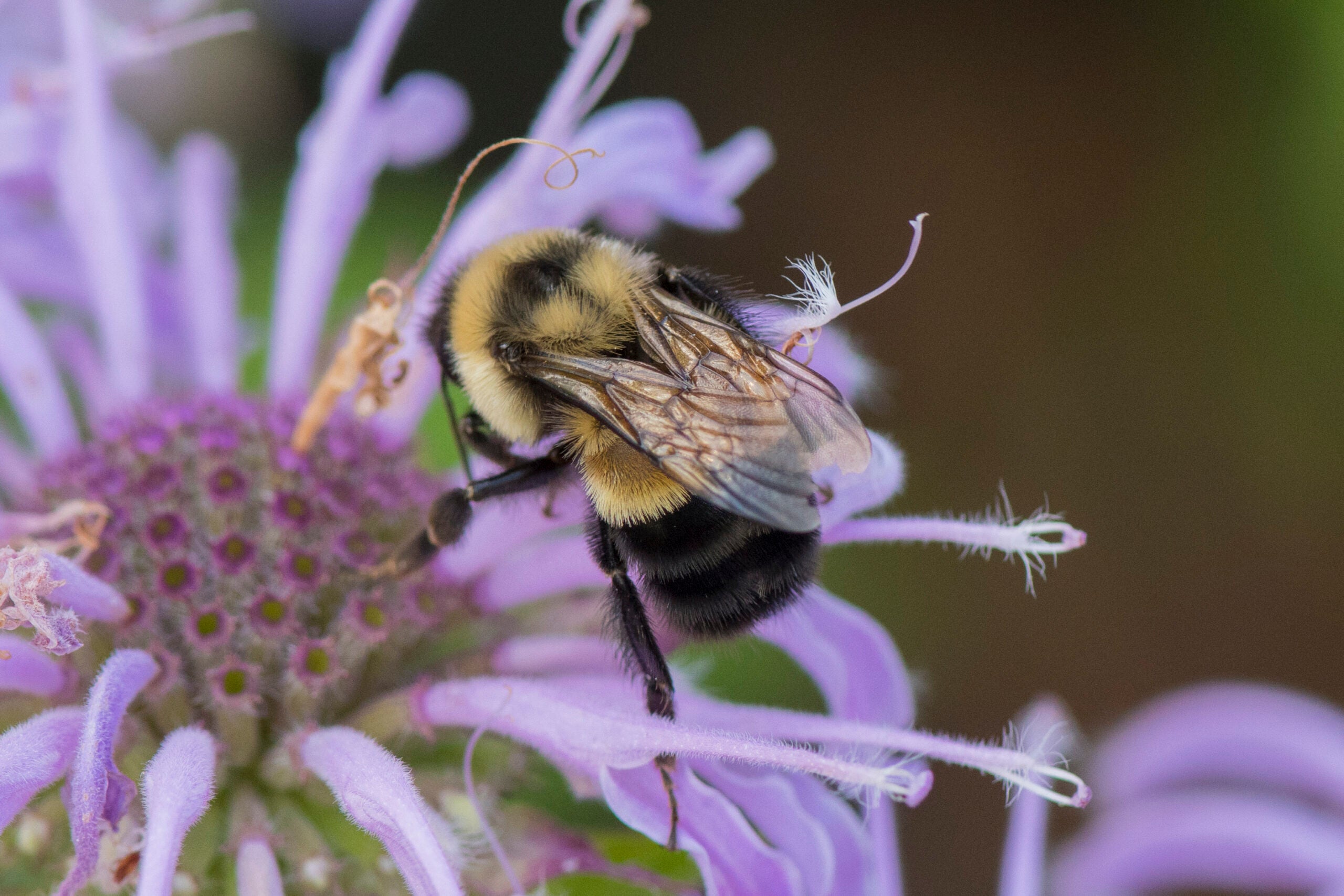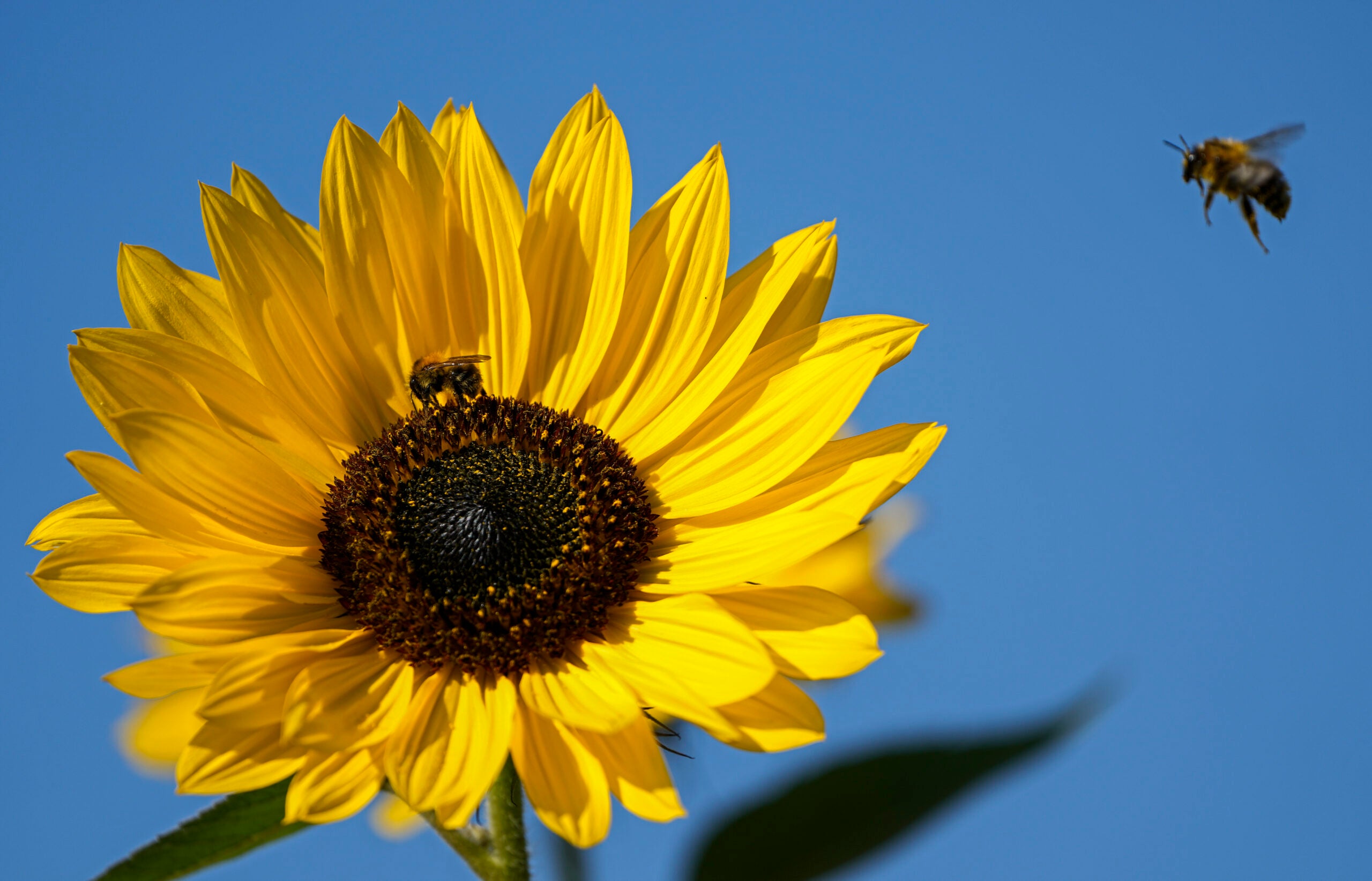The U.S. Forest Service has granted nearly $90,000 to an eastern Wisconsin nature preserve to help revitalize the federally endangered rusty patched bumble bee.
The grant will allow the Woodland Dunes Nature Center and Preserve between Two Rivers and Manitowoc, where the bee was discovered in 2020, to improve the habitat for the bee.
“It’s about 150 acres. Twenty-five (acres) is forested habitat with hemlock and some oak mixed in. The fields have lots of great flowers,” said Woodland Dune’s executive director Sue Crowley. “We keep enhancing it with seed to keep the diversity up.”
News with a little more humanity
WPR’s “Wisconsin Today” newsletter keeps you connected to the state you love without feeling overwhelmed. No paywall. No agenda. No corporate filter.
“We do have some invasive plants in this wooded area, mostly Japanese barberry,” Crowley added. “We want to work on mitigating that population and replace it with more herbaceous plants.”
Woodland Dunes has about a dozen different species of bumble bees. That includes the yellow banded bumble bee which likes a habitat similar to the one they’re creating for the rusty patched bumble bee. But Crowley said any improvement in the habitat will help all pollinators.
“Anytime anybody can leave more flowering plants, whether it’s in your backyard, or on a bigger scale, it’s going to help the bees,” she said.
The restoration will include 9 acres of fencing near the woods to keep deer out and prevent them from eating the plants. Inside the fence, workers will remove invasive plants and replace them with species that support pollinators from spring to fall.
Crowley said the project should wrap up in 2026, and will be available for the public to enjoy.
“We host hikes all the time. We will definitely be inviting groups to come out and see the project,” she said.
Discovering the rusty patched bumble bee
Jay Watson is a conservation biologist with the Wisconsin Department of Natural Resources. He first discovered the rusty patched bumble bee at Woodland Dunes while surveying the area in the summer of 2020. He said it’s a good location for a restoration project.
“It’s a large intact habitat,” Watson said. “That combination of intact forest and woodlands along with those planted prairies provides that good mix of habitat that species like the rusty patched bumble bee needs for their survival.”
That type of habitat has dwindled over the years, leaving the bee’s range to be limited to the Midwest and Northeast.
“They’re really left in eastern Minnesota, northeastern Iowa, northern Illinois, and Wisconsin has the (largest population),” he said, adding the bee has been found in 37 of the state’s 72 counties.
Still, Wisconsin’s population of the rusty patched bumble bee has kept it off of the state’s endangered species list — where it’s considered a species of special concern.
There has been an increased awareness in recent years about the need to restore habitats for pollinators like bees or butterflies. Many communities across the state celebrate “No Mow May,” encouraging people to let their lawns grow at a critical time of the year for pollinators.
“If people are planting those native plants in their yard and minimizing those chemicals, that’s been helping butterflies and bees,” Watson said. “I’d say that’s been a big win for pollinators.”
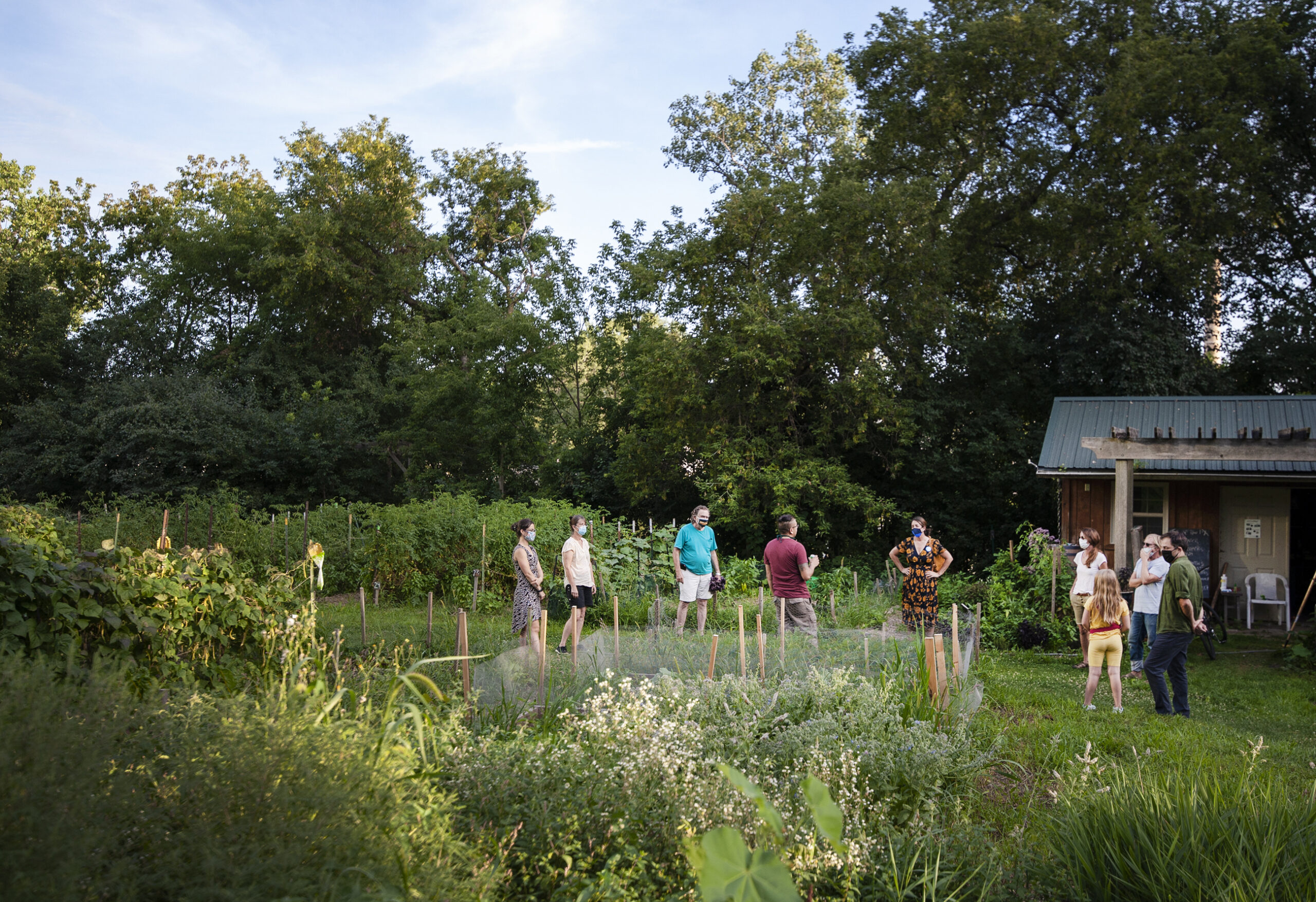
In Wisconsin, the rusty patched bumble bee has become a symbol of the need to restore pollinator habitats. In 2018, the DNR started the Bumble Bee Brigade, a citizen science project designed to get people to take pictures of the state’s bumble bees and where they found them to help natural resources officials track bee populations.
“With bees on the move and if the timings not right, you’re going to miss something that’s rare,” Watson said. “Having more eyeballs that know what to look for and then letting us (DNR) know has been great helping us learn more.”
Those efforts led to the discovery of a rusty patched bumble bee nest in Kenosha County in 2023 and Milwaukee County a couple of years ago. Watson said three rusty patched bumble bee nests were found in the state last year. On top of that, more than 6,000 observations of 17 bee species were recorded last year as part of the Bumble Bee Brigade, nearly double the bee observations from 2022. That included 270 sightings of the rusty patched bumble bee.
Watson said bees and other pollinators play a vital role for human survival.
“One in 3 bites of food have been impacted by pollinators,” he said. “Without our pollinators, we won’t have a lot of plant species anymore.”
Wisconsin Public Radio, © Copyright 2025, Board of Regents of the University of Wisconsin System and Wisconsin Educational Communications Board.

